Google Marketing Live 2021 - Official Kinase Briefing
Google Marketing Live is the biggest Google event of the year for outlining new features. Kinase was given an exclusive pre-brief. We used this advantage to analyse the roadmap, integrate changes into our planning for the year, and pick out the most useful new features for this briefing.
Google Marketing Live 2021 virtual keynote streamed on 27th May.
Tools for Acceleration
Two underlying themes stand out from Google’s announcements: privacy, and the pandemic. Google aims to give advertisers the tools to accelerate beyond cookies and direct tracking, and the insights and platforms needed to grow in the current ecommerce surge while navigating further fragmentation and disruption.
Privacy
Privacy is the dominant theme in tech now. For advertisers there are two questions:
How to ensure compliance while reassuring visitors and customers their data is used only on an opt-in basis
How to find ways to optimise and assess the success of campaigns beyond third party cookies and out dated tracking
Consent Mode
Google’s Consent Mode answers the first question. Available globally now, this enables you to control each tag on your side according to the user data it is handling. A visitor’s data is only used if they have explicitly given consent for that use.
Integrated into Tag Manager, Consent Mode gives businesses the tool they need to be transparent about data use and privacy. Planning how and when to migrate to this, starting from an existing set up, is much harder, and needs to be planned along with answers to the second question.
Insights and Optimisation Beyond Cookies
Google will use AI, data hashing and analysis of anonymised conversion sets to fill in the gap left by strict privacy control - and push digital advertising into its next phase.
Customer Match, which already extrapolates from your customer base to find an audience of people who are ‘like them’, will be expanded and strengthened to allow more reach. Alongside this, Enhanced Conversions will replace directly tracked click attribution by using anonymised signals to ensure the privacy of those purchasing, while giving advertisers the feedback they need to invest in campaigns which are working.
The traditional staple of PPC analysis - combing through the search terms that have triggered ads - is being phased into customer interest reports, showing what people are actually looking for without showing granular personal data.
Coming to GA 4
Further in the pipeline, Modelled Behaviour Reporting is coming to Google Analytics 4 with an open beta in H2 2021 and general roll out in H1 2022. This will be Google’s biggest play at not only filling in the gaps left by consent mode and privacy restrictions, but also to go further in its insights than current observable tracking - if this proves to be the case with the open beta this year, then this really will inaugurate an acceleration in digital marketing intelligence and targeting capability.
New Tools for New Times
How will Google’s platforms provide advertisers with the tools they need for increased competitiveness amid an ecommerce surge, with further disruption and changing patterns of demand ahead?
We have picked out the most actionable highlights from the new functionality unveiled.
Shopping and Discovery
Google’s emphasis is on enhanced automation, and more integrated data. Product data from Merchant Centre will integrate directly into YouTube and Discovery ads. New data driven attribution will be available for video and display, and there will be the option for target ROAS bidding for video inventory.
Better reporting on promotions (including a Shopify integration allowing real time product analysis) and free shipping offers will aim to make Shopping a more attractive and ‘sticky’ experience. Combined with new loyalty scheme functionality, and Google’s aim to keep customers returning and engaged in the face of ongoing growth from Amazon and other marketplaces is clear.
Insights and reporting
Performance benchmarks and the ability to plan accurately have been blown off course by the pandemic. Google is introducing new insights into the ‘black box’ of their smart bidding and predictive machine learning, allowing a wider range of business and marketing insights to surface.
This leads with a Demand Forecast which predicts trends in business verticals over the next 90 days, combined with strengthened audience insights including messaging cut-through, and a more ‘holistic view’ of auctions to give a more nuanced view of how ads are performing against competitor activity in the complex and changing auction environment which has moved so far beyond simple ad rankings.
Performance Max
Performance Max is a new campaign type now moving into open beta stage. This automates ads across existing campaign types to ensure that there is nothing missed. The aim is to identify gaps where ads could reach an audience likely to convert, supplementing rather than replacing existing campaign types.
Google aims for this to be a middle to end of the funnel campaign type, amplifying and testing the existing suite of products - Keywords, Shopping, YouTube, Discovery - to point the way to any options with untapped potential in an advertisers set up.

